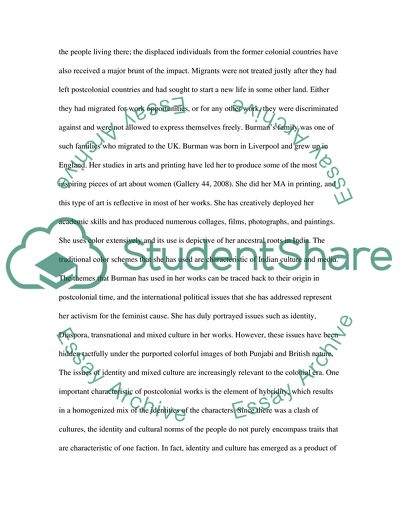Cite this document
(The Feminist Black Art Movement Essay Example | Topics and Well Written Essays - 3000 words, n.d.)
The Feminist Black Art Movement Essay Example | Topics and Well Written Essays - 3000 words. Retrieved from https://studentshare.org/visual-arts-film-studies/1738811-visualising-difference
The Feminist Black Art Movement Essay Example | Topics and Well Written Essays - 3000 words. Retrieved from https://studentshare.org/visual-arts-film-studies/1738811-visualising-difference
(The Feminist Black Art Movement Essay Example | Topics and Well Written Essays - 3000 Words)
The Feminist Black Art Movement Essay Example | Topics and Well Written Essays - 3000 Words. https://studentshare.org/visual-arts-film-studies/1738811-visualising-difference.
The Feminist Black Art Movement Essay Example | Topics and Well Written Essays - 3000 Words. https://studentshare.org/visual-arts-film-studies/1738811-visualising-difference.
“The Feminist Black Art Movement Essay Example | Topics and Well Written Essays - 3000 Words”, n.d. https://studentshare.org/visual-arts-film-studies/1738811-visualising-difference.


